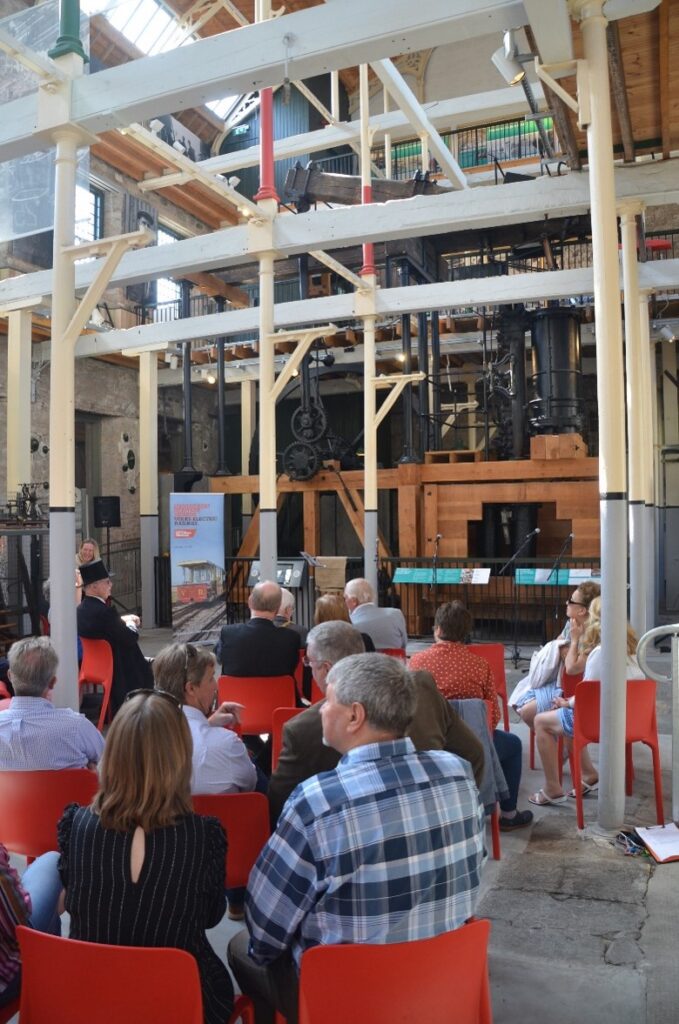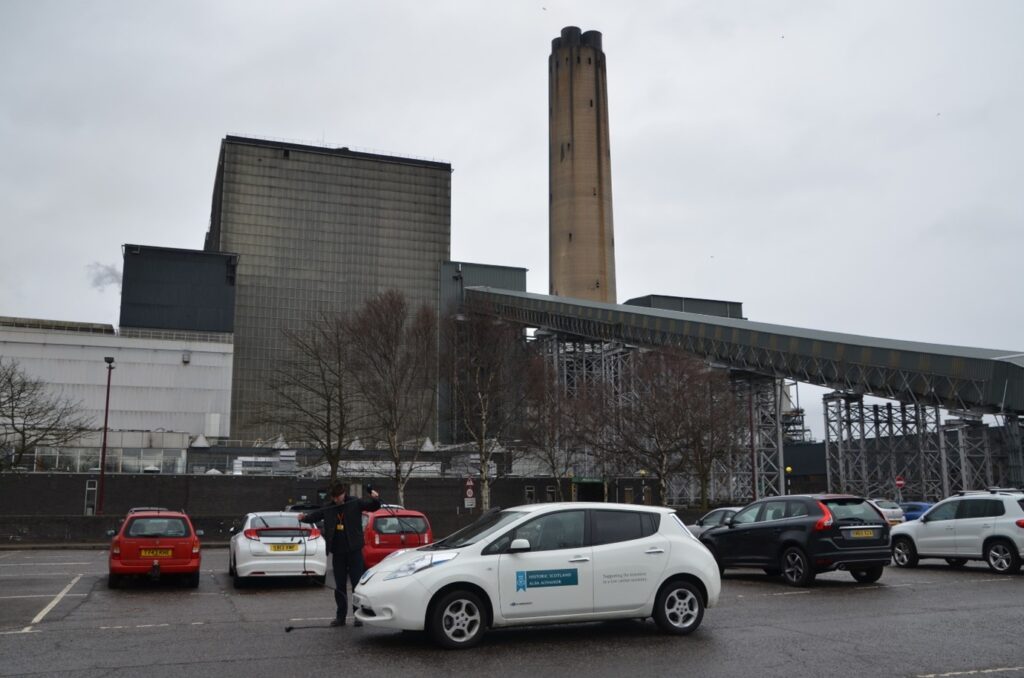By Dr Miles Oglethorpe
These days, despite the constant stream of publicity highlighting the climate emergency, many of us still drift into a lifestyle driven by uncritical, passive mass energy consumption. It’s too easy to casually switch on devices without any consideration of how the energy that powers them has been derived. Yet, all strands of our energy industry have a fascinating history and associated culture, some of which has been truly heroic and, needless to say, also often troubling in nature.
As Head of Industrial Heritage at Historic Environment Scotland, I have been working in the field of industrial heritage for almost four decades and have witnessed an extraordinary transformation of Scotland’s industrial base. Yet, this transformation is only the latest in a long sequence of upheaval at the heart of which has been a constant evolution of the way we harness and generate our energy.

If we take our early use of wind power (for example, Northfield Windmill in Banffshire, see figure 1), very few physical remnants survive in recognisable form. On the other hand, the Scottish countryside is awash with the physical remains of water power installations, ranging from thousands of grain and threshing mills (like Barry Mill in Angus – see Figure 2) to enormous textile mills such as New Lanark, which has been recognised as a UNESCO World Heritage site since 2001 (see figure 3). Today, only a few water mills continue to operate, having been preserved by enthusiastic owners or bodies such as Historic Environment Scotland and the National Trust for Scotland. Water mills, once a mainstay of rural life, have therefore receded into oblivion, and these days only the tutored eye can spot windmill stumps, which are often mis-identified as doocots.


At a national scale, were you to ask most Scots what industry their country was famous for, they would probably mention shipbuilding, farming and engineering, with a wee bit of whisky and tweed thrown in. In truth, Scotland’s industrialisation during the 19th century was extraordinary and amazingly diverse and intense. Because of this variety, it’s often forgotten that it was in fact coal that lay at the heart of this development. Its potency was greatly enhanced by Greenock-born James Watt’s invention of the vastly more efficient steam engine, with its separate condenser (see Figure 4). So, without coal, and what evolved into an enormous mining industry, Scotland’s evolution into a global industrial power could not have happened.

Coal thus fuelled a huge iron and steel industry, initially through black-band ores and aided by Nielson’s invention of the hot blast process in 1828 at Wilsontown Ironworks. Coal then took over as the preferred source of power in most industries, especially in a textile sector which spawned some of the biggest companies in the world, such as cotton thread makers Coats & Clark. Coal also was the source of town gas across almost all towns and cities, and by the early 1950s, the mining industry employed over 100,000 people in Scotland alone. Gas works were a ubiquitous and usually noxious part of our urban landscape (e.g. Granton Gasworks). Then, with the establishment of the CEGB (Central Electricity Generating Board) in 1958 and the further expansion of the National Grid, ‘coal-by-wire’ became possible because of the construction of large coal-fired electricity generating stations across Scotland’s coalfields.

Yet, these days, if you ask the children of Methil in Fife what coal is, they will probably have no idea, or be unaware that the biggest mine in Scotland (Michael Colliery) was not far away and employed over 2,000 miners in 1967. This is not helped by the fact that Methil coal-fired power station has long gone, and at the west end of Fife, Scotland’s last coal-fired power station at Longannet – the second largest in the UK – is now in the last phases of demolition (see Figure 6).

Despite the dominance of coal-fired electricity generation, a pioneering renewables sector also blossomed in the 20th century with ambitious hydro-electric schemes in the Highlands and Galloway, and even today the UK’s oldest operating hydro-power stations (dating from 1927) can be found on the River Clyde at Bonnington and Stonebyres, close to New Lanark. Meanwhile, more early hydro can be traced back to the birth of the UK’s aluminium industry in the late 19th and early 20th century, first at Foyers in 1896, and then at Kinlochleven in 1907 (see Figure 7) and Lochaber in 1929 – the latter still being in operation.

In the second half of the 20th century, a new branch of electricity generation emerged with the establishment of a pioneering nuclear industry, the most successful element of which was the Hunterston ‘A’ Magnox station in Ayrshire. However, most famous, perhaps, was the ‘fast’ reactor programme at Dounreay in Caithness on the north coast, but there were other conventional stations at Chapelcross (near Annan) and the two soon-to-be decommissioned advanced-gas-cooled stations at Hunterston B and Torness, the latter not far away from Edinburgh in East Lothian.
All of these industries have left recognisable, sometimes architecturally impressive footprints on our urban and rural landscapes, together with associated engineering structures. Most people, for example, have an idea of what the surface arrangement of a coal mine looks like, even if today there is only one coherent surviving example – Lady Victoria Colliery at Newtongrange near Edinburgh (see Figure 8), now the National Mining Museum Scotland. In contrast, the same cannot be said for the youngest branch of our energy industry, oil and gas. We will explore the reasons for this in the second part of this blog.





